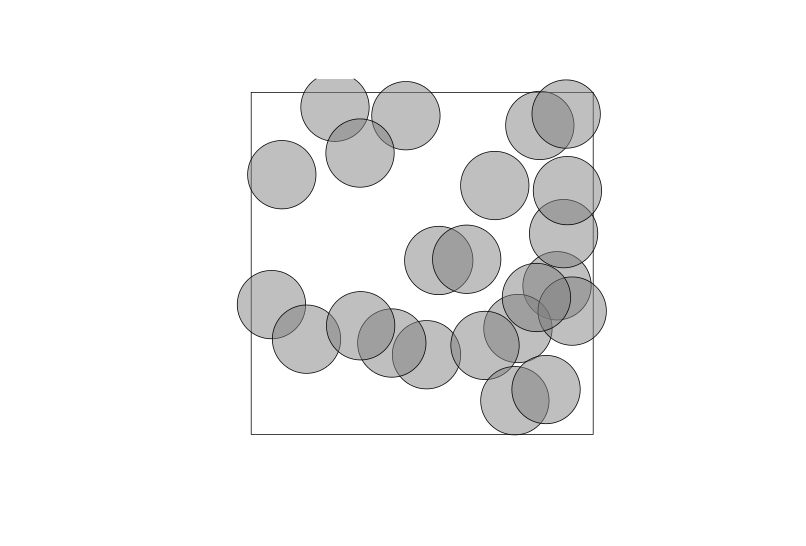I am struggling with interpreting the intensity function for a Matern cluster point process model. From Illian et al. 2008, p. 381 (Statistical Analysis and Modelling of Spatial Point Patterns), it appears that the indicator is summed if a point X of the process is within a disk of radius R surrounding point y of the parent process (Np is the parent point process process). Or perhaps I'm misunderstanding -- perhaps the "1" gets summed if, for a given point, there is one of the parent points within a disk of radius R centered on point X. Lambda_c is the average intensity of the child processes, R is the radius of the disk that's centered, presumably, on the points of the parent process, and yi, I believe, is each parent point. What this would mean is that at any location x, when you want to calculate the intensity, you have to see how many parent points (and thus clusters) there are around it, and the intensity would therefore be that count of nearby parents times the average intensity of the child processes, in the case of superimposed clusters.
My question, therefore: can someone describe exactly what the equation shown here is doing, in the context of the Matern cluster process? See also Stoyan and Penttinen 2000 (Recent Applications of Point Process Methods in Forestry Statistics Statistical Science 15(1): 61-78). Thanks for your help!


